happy #fossilfriday! this is andrewsarchus, an enigmatic artiodactyl from eocene asia. first classified as a mesonychid, it is now considered a close relative of the entelodonts, which has significantly changed paleoartistic restorations of the animal (art by daniel eskridge)

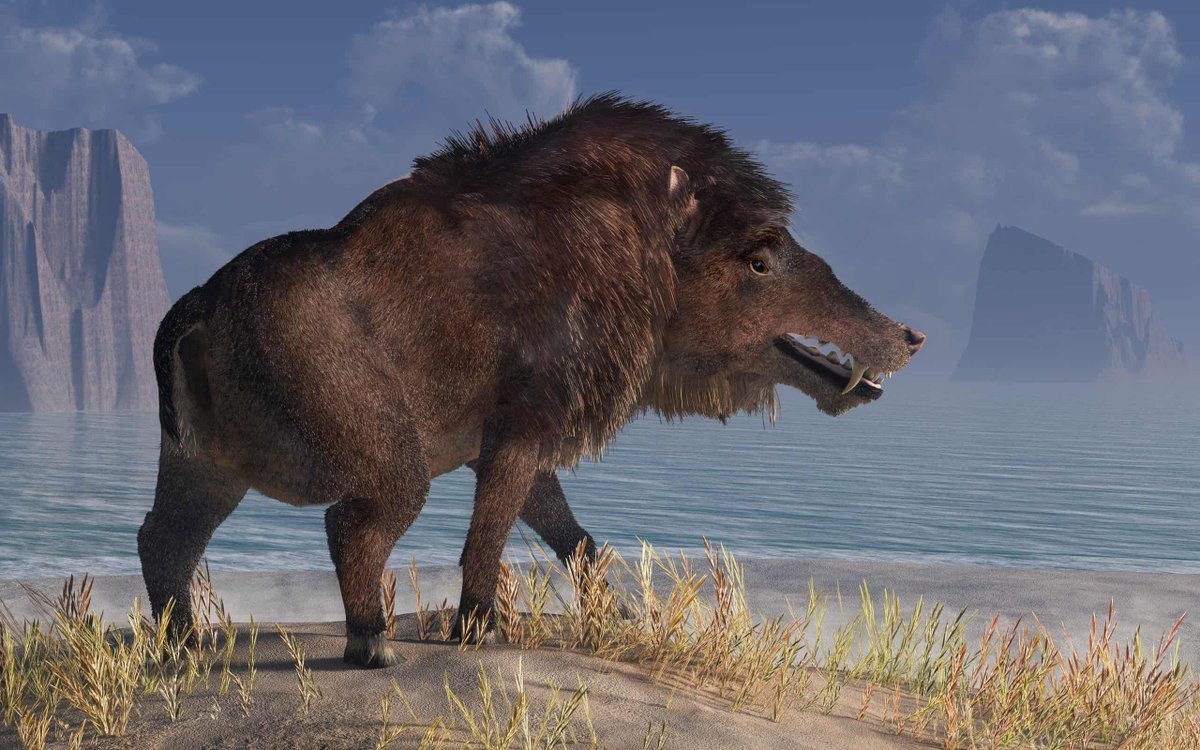
From the Triassic we jump back to the Eocene, this time Jebel Qatrani, a formation from Egypt. Early proboscideans and other funny artiodactyls. #paleostream

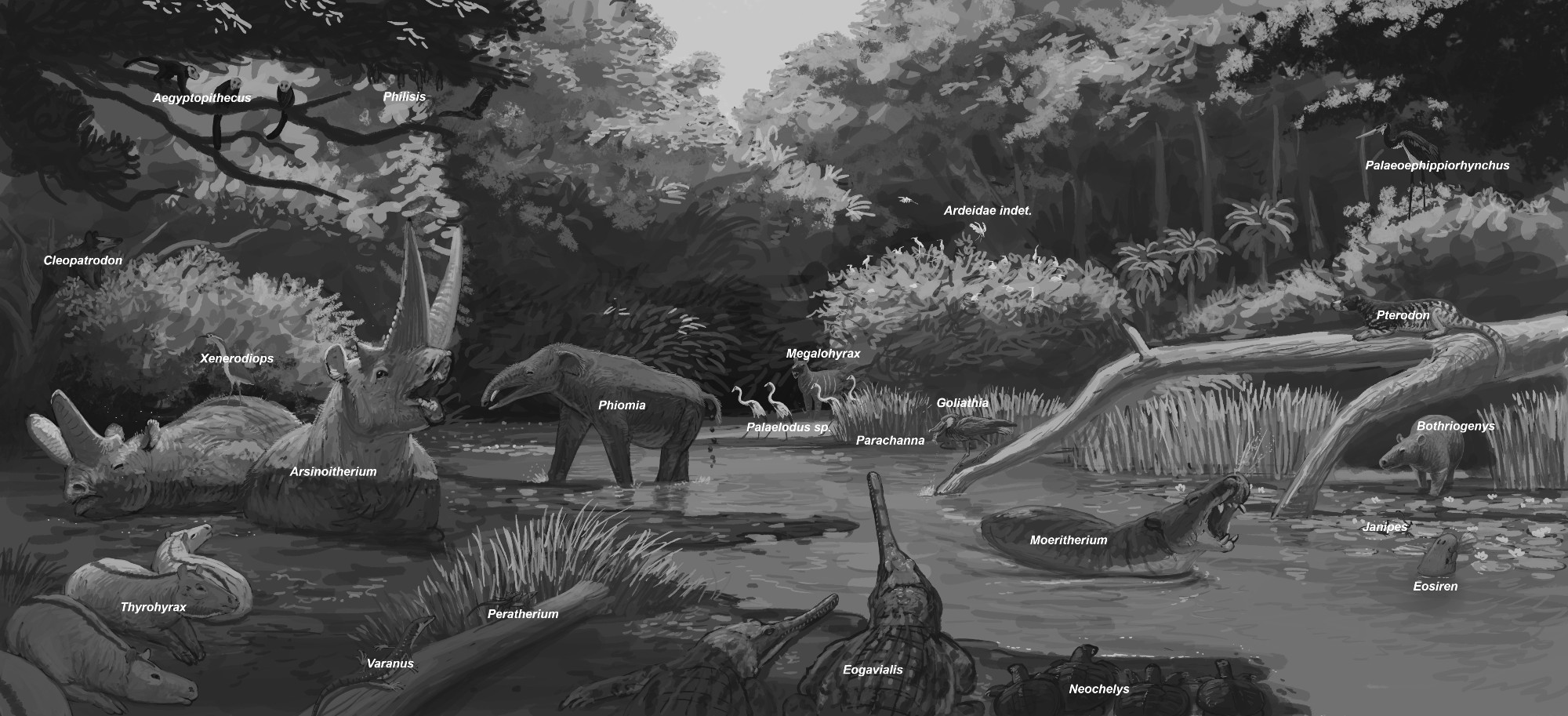
We continued in the Cenozoic with the Kuldana formation from Eocene Pakistan, the birthplace of whales! #paleostream
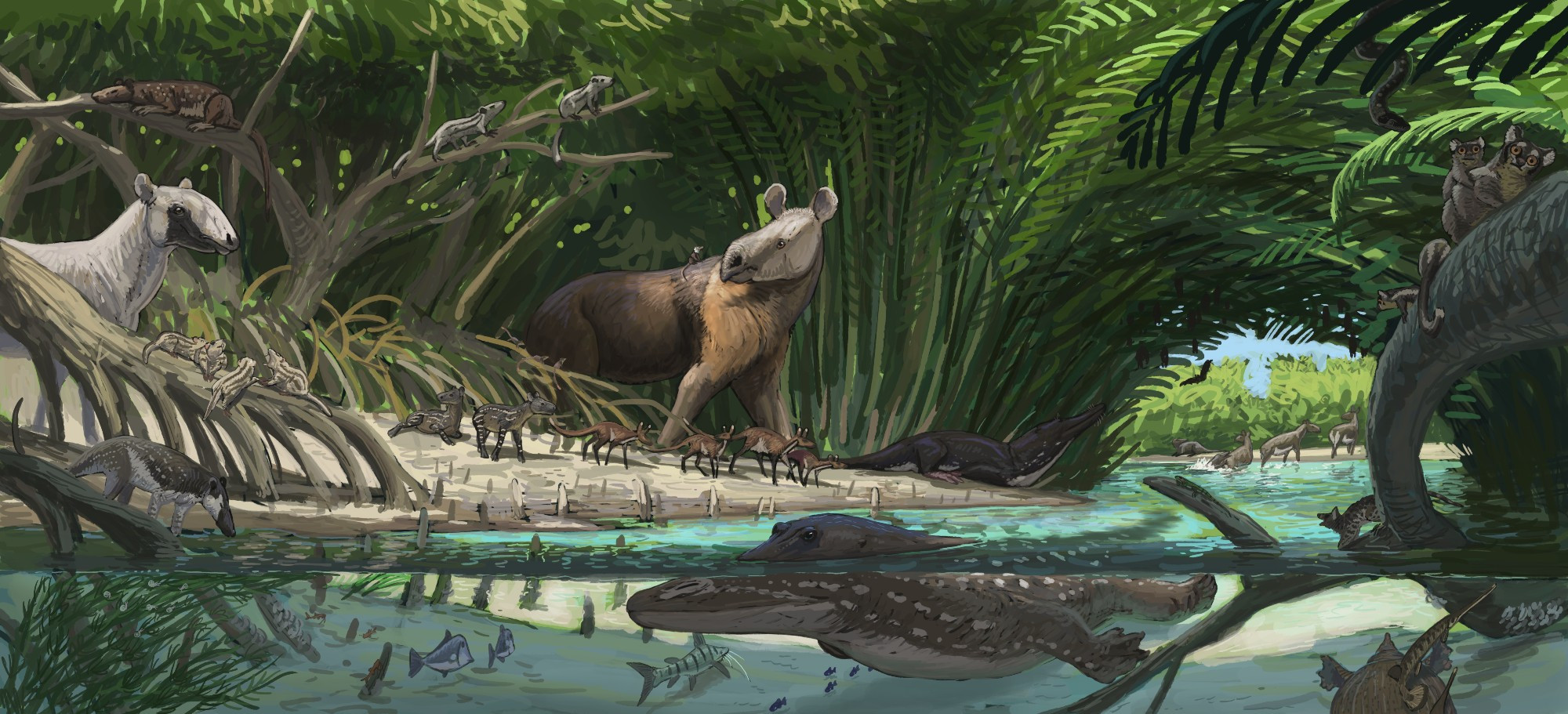
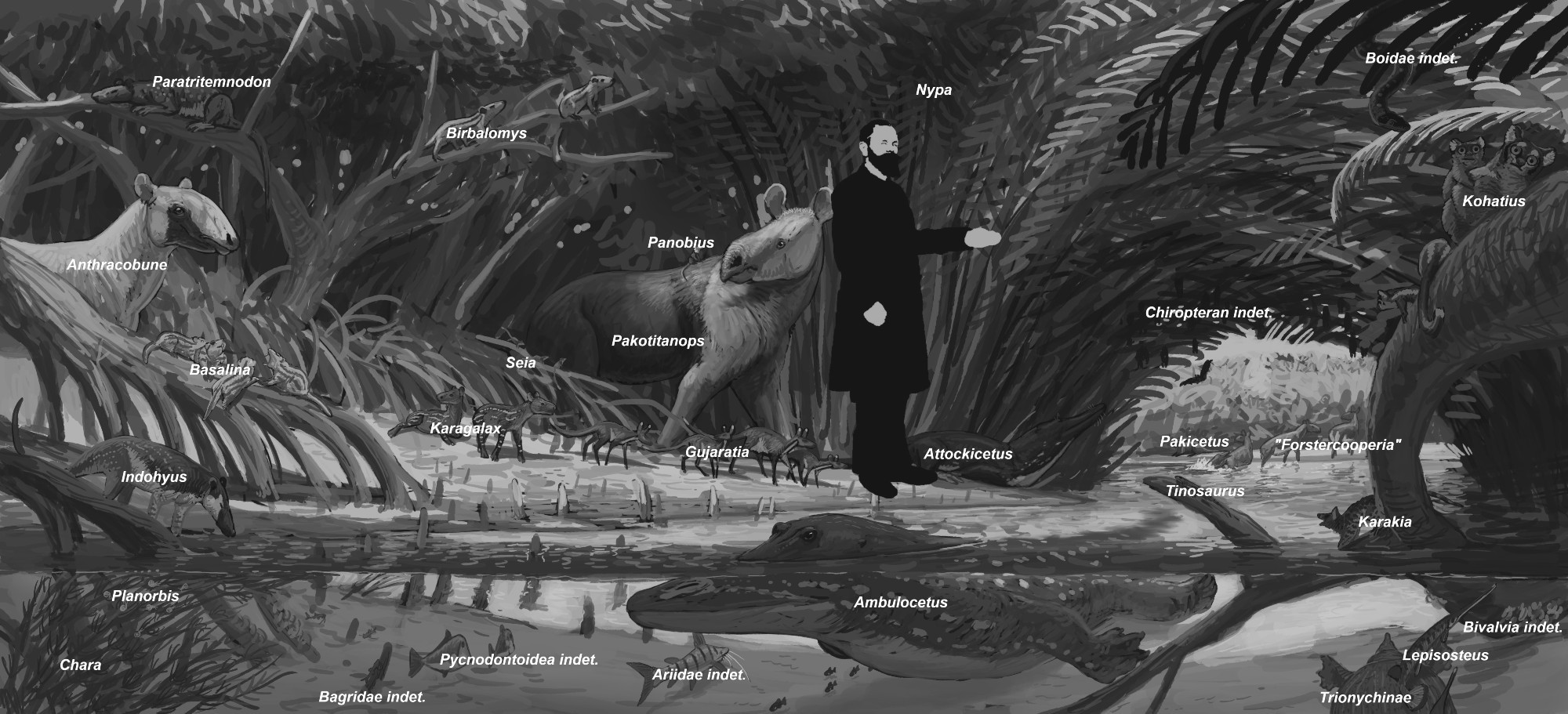
A pelagornithid is bothered by a small creodont eyeing its chicks. She gives it a facefull of oil for its troubles. #paleoart#paleontology#pelagornis#cenozoic#eocene

Another argument in favor of evolution: creationists actually believe in it! Their only objections to evolution beyond the family level is how long it would have to take (more than 4,000 years.) and the God thing. This is from the Ark Encounter, by the Creation Museum folks, Answers in Genesis

![A plaque from the Ark Encounter
One world, two views
-Biblical creation model:
Life came from life, personally crafted by the uncreated god of the Bible.
-Animals were created as distinct kinds around 6,000 years ago.
-changes within kinds are the result of design features.
-no new animal kinds develop. Animals cannot change into totally new kinds
-modifications are changes in structures that already exist.
-fossils were formed quickly due to the flood and localized post-flood catastrophes.
-death is an unnatural enemy introduced by Adam (1 Corinthians 15:26); one that will be removed by Jesus Christ.
Naturalistic Evolutionary Model
-life spontaneously came from non-life; life is an unintended natural phenomenon.
-all animals have descended from a common ancestor at least 3.5 billion years ago.
-changes that animals undergo are purely undirected, natural phenomena.
-animals change into completely different animals [kinds]; the modifications are potentially unlimited.
-modifications eventually result in entirely new structures.
-over millions of years, fossils were formed gradually or in localized catastrophes.
-death, like life is a meaningless chemical phenomenon.](https://cdn.bsky.app/img/feed_fullsize/plain/did:plc:2cbebonegkqtduduxhutpzmf/bafkreiastwokpcwjzsns6r3zg4xatfwpeewckqbqqs5q2efqncf7dgiewe@jpeg)
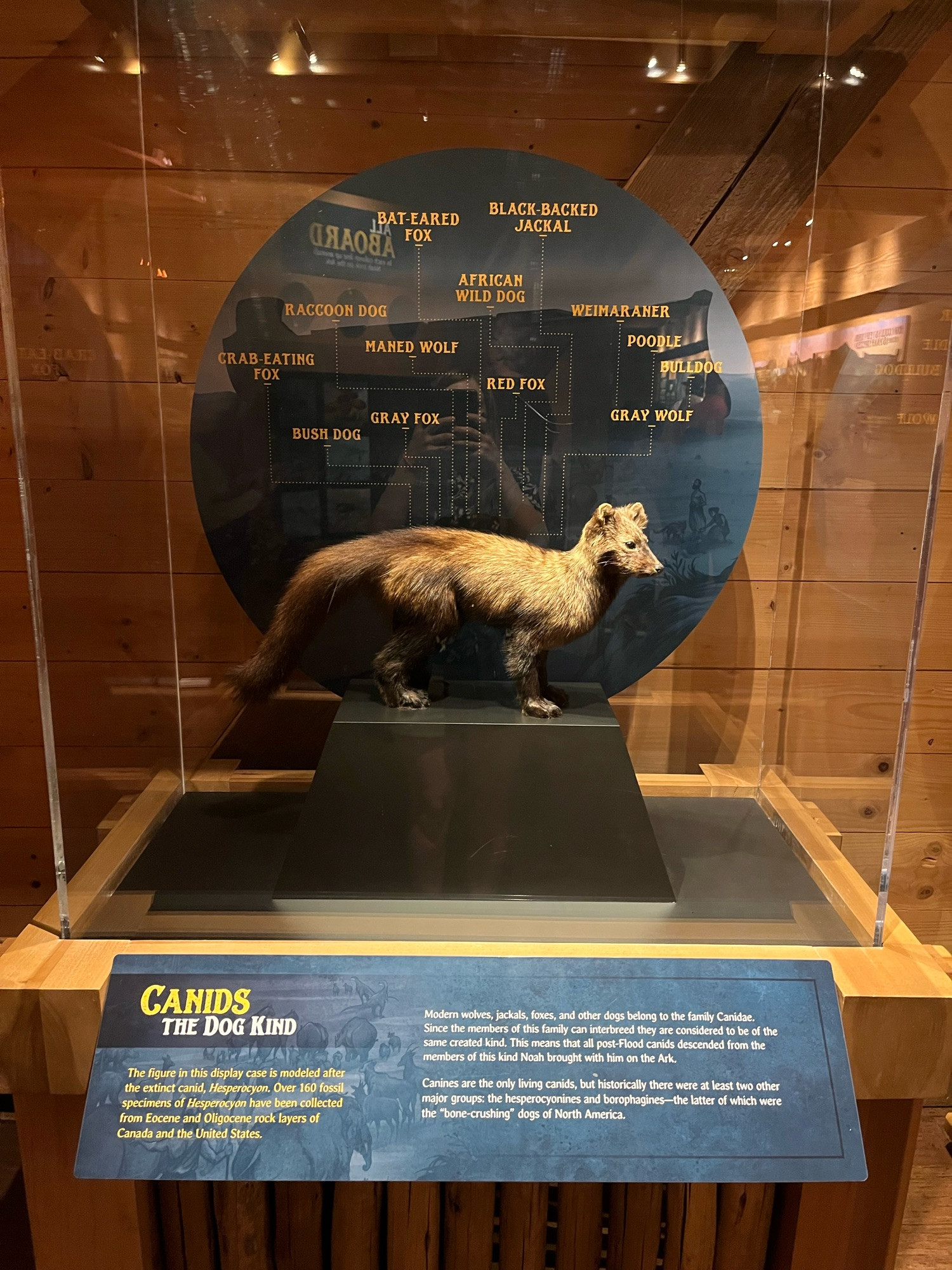
Ancient climate analysis reveals unknown global processes. Global Eocene-Oligocene unconformity in clastic sedimentary basins 🧪 www.sciencedirect.com/science/arti... Sedimentary basins are archives of tectonics, climate, and sea-level change.
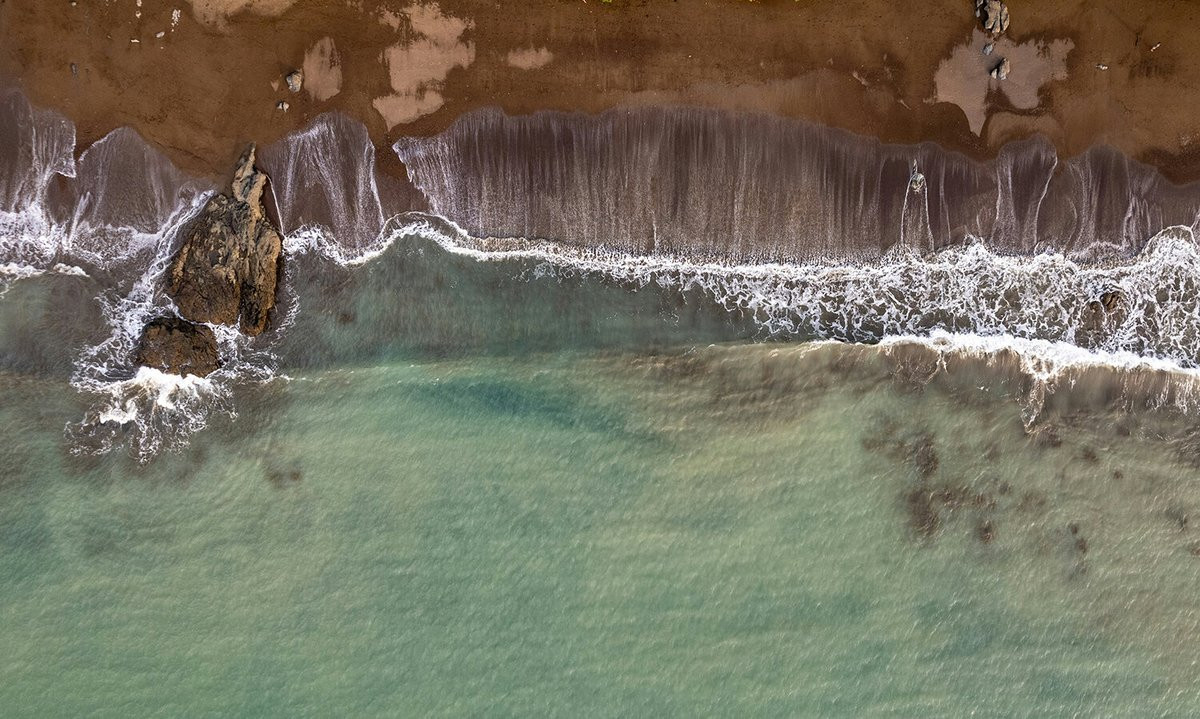
Miacis, the primitive ancestor of cats, was a small, tree-living creature of the late Eocene period, some 45 to 50 million years ago.Miacis, the primitive ancestor of cats, was a small, tree-living creature of the late Eocene period, some 45 to 50 million years ago.
for the EOT (Eocene-Oligocene Transition) researchers, you might be interested in this compilation/review study of the presence and nature of unconformities in association with this environmental transition (full disclosure: I was one of the reviewers) ⚒️🧪 www.sciencedirect.com/science/arti...

Global sedimentary hiatuses are well-documented in ancient pelagic sediment, and include Paleocene, Eocene-Oligocene boundary, and Miocene hiatuses. L…